Federal Capacity Funds from the U.S. Department of Agriculture’s National Institute for Food and Agriculture (NIFA) provide vital support for a broad base of critically important research and extension programs that address local, state, and national issues. Each land-grant university across the United States receives these funds as an annual allocation. The following impacts statements represent a small sample of the research the MAES supports with its Federal Capacity Funds.
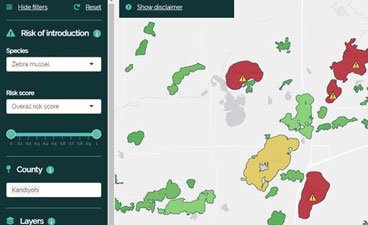
MN Impact: New decision-tool helps prioritize AIS management
Early meetings between stakeholders and the team at the University’s Minnesota Aquatic Invasive Species Research Center (MAISRC) identified a large number of needs as the state works to control AIS. One of these needs seemed to tie all of the issues together: Minnesota needs a decision tool that would help managers on the ground determine the best ways to control AIS with limited people and funds. In short, they needed to not only know where AIS are but also where they are most likely to go next.
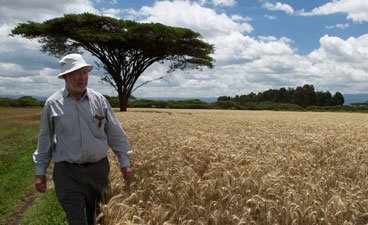
MN Impact: Providing Ethiopian scientists and farmers with the tools and knowledge needed to combat wheat stem rust
In response to the 2013 and 2014 wheat stem rust epidemics in Ethiopia, a collaborative research and education team formed to study the biology and control of new, dangerous forms of the wheat stem rust pathogen from East Africa and other parts of the world and to provide Ethiopian scientists and farmers with the tools and knowledge needed to combat wheat stem rust.
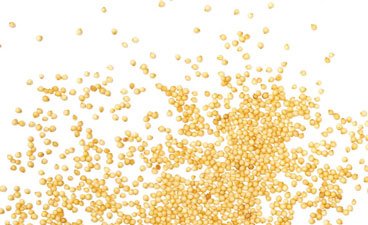
MN Impact: New DNA test helps identify Palmer amaranth seeds
Palmer amaranth was first detected in Minnesota in 2016, but even before it hit the state, University of Minnesota researchers and Extension specialists mobilized to help state agencies and landowners develop a plan to eradicate infestations before spread to new areas.
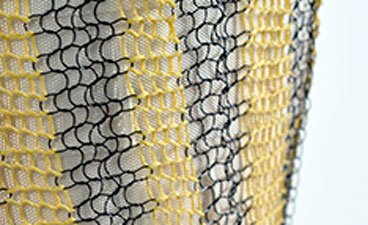
MN Impact: Researchers invent shape-changing textiles powered only by body heat
Researchers at the University’s Design of Active Materials and Structures Lab and Wearable Technology Lab recently developed a temperature-responsive textile. The new textiles resemble typical knits, except they are created with a special category of active materials—known as shape memory alloys (SMAs)—which change shape when heated.
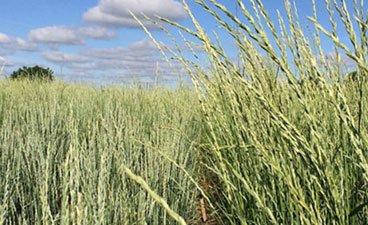
MN Impact: MN-Clearwater, a grain variety of intermediate wheatgrass, fuels farmer partnerships to improve MN’s rural well water supply
Research shows with intermediate wheatgrass (IWG), farmers get access to a more sustainable cash crop that requires fewer inputs and is proving to be an increasingly desirable grain option for the food and beverage industry. New varieties of IWG, developed with MN conditions in mind, would further assist farmers to take advantage of all of the benefits of this new crop.
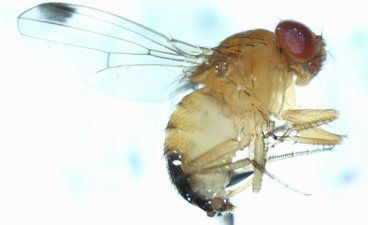
MN Impact: High tunnels help protect MN crops from SWD
Since its arrival in 2012, the spotted wing drosophila (SWD) has been one of the most damaging invasive species in Minnesota agriculture. Bill Hutchison and his team are exploring several management practices to help Minnesota small fruit growers deal with this devastating threat.

MN Impact: Researchers use livestock genetic analysis methods to study pandas in China
Pandas are one of most beloved and most endangered animals on the planet but their future is far from certain. UMN researchers, using genetic analysis methods often used for livestock, analyzed wild and captive panda populations in China.
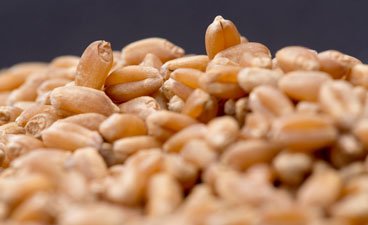
MN Impact: Advances in wheat help secure our food supply
Spring wheat is grown on more than 1.5 million acres in Minnesota, making it our third most popular crop. But wheat varieties in the region have become vulnerable to Fusarium Head Blight (FHB), leaf rust, stem rust, and bacterial leaf streak, destructive diseases of wheat and barley that put crops, and thus our food supply, at risk. #MNImpacts
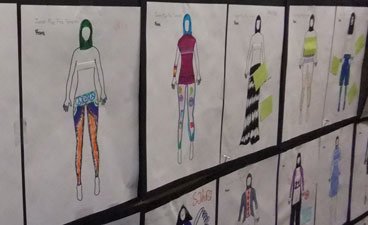
MN Impact: Culturally sensitive athletic wear
A two-year research/design project funded by the MAES State Reserve Funds came to fruition in 2015 with 25 East-African middle school girls from the Cedar-Riverside community walking the runway and modeling active wear they co-designed UMN researchers.